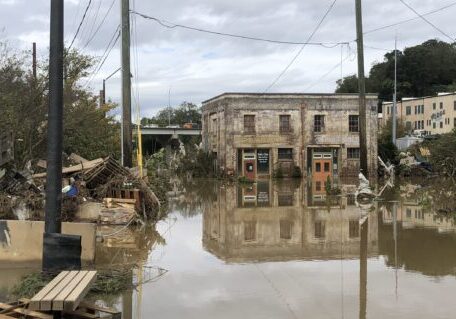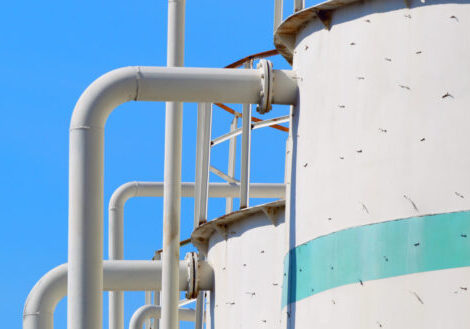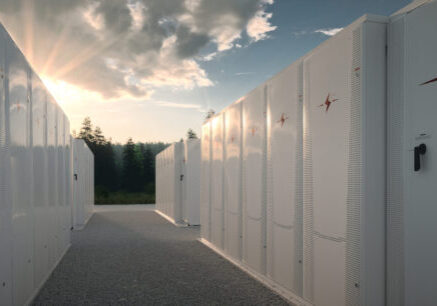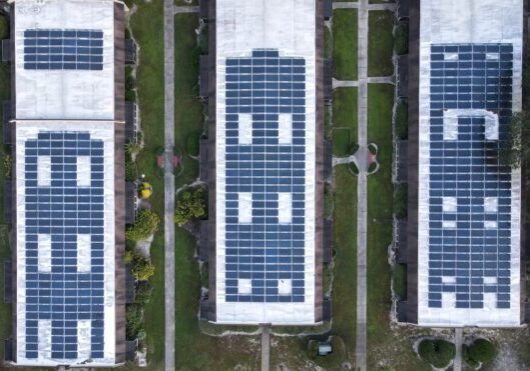November 8, 2018
Maryland’s New Resiliency Program Could Serve as a Model for Other States
By Seth Mullendore
There’s a lot to like about the Maryland Energy Administration’s (MEA) new $5 million program to support community resiliency hubs powered by solar and battery storage. It recognizes the value of providing basic services in an emergency, prioritizes low-income communities, provides adequate levels of funding for solar and batteries as well as related electrical work and components, allows for flexible use cases, and sets realistic goals.
MEA’s program has been a long time in the making. Back in 2014, Clean Energy Group (CEG) suggested the City of Baltimore invest in solar and storage to strengthen the resilience of low-income communities in its report, Clean Energy for Resilient Communities: Expanding Solar Generation in Baltimore’s Low-Income Neighborhoods. Since then, both MEA and CEG have been working to support the development of the first resiliency hubs in Baltimore. This new program will help ensure those effort continue and, if properly implemented, the program could serve as a model for accelerating the development of community resilient power systems across the country.
Let’s start with the goal of MEA’s program: energy resilience to support basic services for low-income populations when the grid is down.
MEA defines a resiliency hub as a facility that is located within short walking distance from economically disadvantaged populations and that can serve as a heating and cooling center, provide refrigeration for medications and milk for nursing mothers, and allow for charging of small devices, like cell phones and computers. Buildings such as schools, religious institutions, community centers, senior centers, and affordable housing buildings with community spaces are recommended examples of suitable facilities. The hubs are meant to be meeting places and information centers for the surrounding community during an outage. They are intended to strengthen the resilience of local communities, not to replace emergency shelters or hospitals.
Now on to the funding.
Grants are available to provide $1,300 per kilowatt of the system, based on the size of the solar array. So, a 30-kilowatt solar array paired with 40 kilowatt-hours of storage would be eligible for $39,000 in grant funding, which should be enough to cover most, if not all, of the installed cost of the battery. For reference, California’s successful Self-Generation Incentive Program offers a storage incentive of $350 per kilowatt-hour.
Additionally, the grant will cover up to $700 per kilowatt to pay for a critical load panel, rewiring critical loads to the panel, disconnect switches, and other equipment and work needed to allow the system to island from the grid and operate independently during an outage. This added level of funding support sets MEA’s program apart from typical solar and storage incentives that don’t account for the added cost of isolating critical loads and making a system resilient.
According to the National Renewable Energy Laboratory (NREL), these additional resilience-related expenses can increase the cost of a solar+storage installation by anywhere from 10 to 50 percent. The grant also covers up to $1,000 in fees that a city or county office of emergency management may charge to review the project.
Finally, the program is flexible, not restricting use cases or system configurations.
The resiliency hub program is designed to incentivize resilient solar+storage systems, but it does not limit functionality to backup power alone. Program guidelines specifically state that the solar+storage systems can also be used to reduce electric bills, both through solar generation offsetting electricity use and through batteries managing demand to reduce utility demand charges. The battery system can also expressly participate in providing grid services, such as frequency regulation. The only stipulation is that the battery must be at least 90 percent charged prior to any known severe weather conditions that could result in a power outage.
The program also recognizes that, while traditional generators have a record of failing during emergencies, fossil-fuel backup generators are still often the default technology for resilience. The MEA funding will not pay for a traditional generator or cover the cost of integrating generators into a resilient solar+storage system, but it also does not exclude systems that choose to incorporate fossil-fuel generation. This is important to allow facilities with additional high-power loads or existing backup power strategies to have an opportunity to participate in the program.
So, there are a lot of good elements in MEA’s program, but it’s not perfect.
To apply for funding, projects need to submit solar+storage system sizing details and a one-line design diagram. This level of detail can be difficult for facilities owned and operated by small non-profit organizations to provide. There are some free tools out there that can help with system sizing – MEA suggests NREL’s online tool, REopt Lite. (For organizations not familiar with REopt Lite, this webinar is good place to start. Clean Energy Group offers free training on the tool for non-profit organizations serving disadvantaged communities.)
That still leaves the issue of the one-line diagram. Generating a one-line diagram requires at least some level of engineering support, and that costs money. Few community organizations have the in-house expertise or resources to identify and engage an energy expert to satisfy this requirement.
Ideally, MEA’s program would provide upfront support to prospective applicants to offset these costs and identify trusted sources of expertise. This type of predevelopment funding gap has been a consistent problem with programs aiming to reach disadvantaged populations. Through its Resilient Power Technical Assistance Fund grant program, Clean Energy Group has worked to bridge this gap for dozens of projects across the county, but our resources can only go so far in supporting this pivotal stage of the early development process.
It may be that these issues will be worked out before the program is fully up and running.
In any case, MEA’s $5 million program is an excellent start to address the need for resilient power hubs in Maryland, but the funding will likely only be enough to reach a limited number of communities. With a cap of about $500,000 per project, as few as ten hubs could exhaust this initial round of program funding.
By comparison, Puerto Rico recently proposed devoting $500 million in Community Development Block Grant – Disaster Relief funds toward advancing resilient solar+storage and resiliency hubs for its about 3.5 million residents. Maryland has a population of more than 6 million.
Despite these limitations, MEA’s new resiliency hub program represents a great step in the right direction. This type of proactive measure, designed to prepare disadvantaged communities for the next wave of extreme weather events instead of just responding in the wake of another climate-induced humanitarian crisis, is encouraging. Hopefully, the success of MEA’s program will serve as a model for other states to follow and implement.
This blog post was also published in Renewable Energy World.














